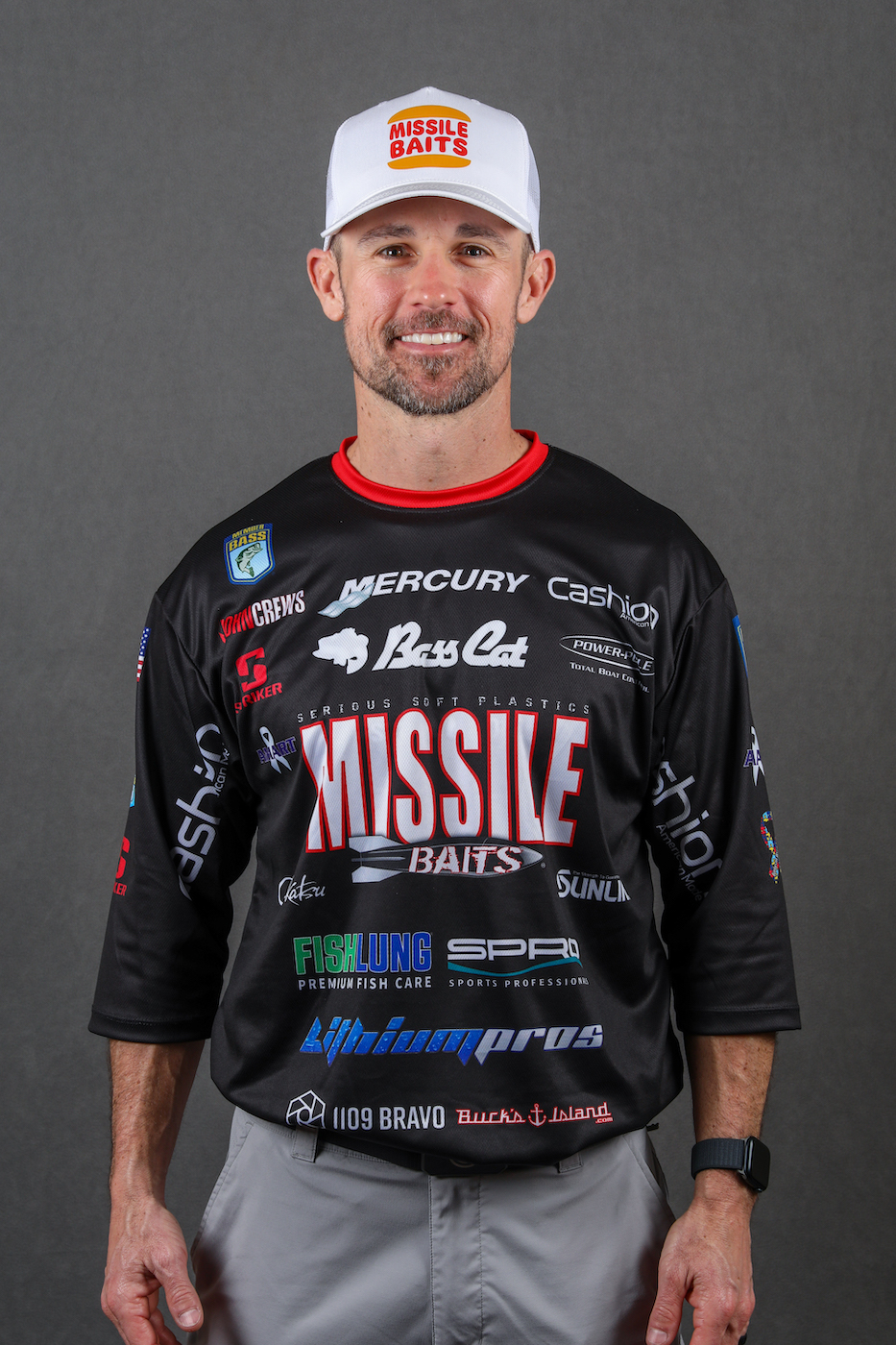
With this column we’re going to start looking at sponsorships, but from a new direction. As a professional angler with B.A.S.S. and the owner of Missile Baits, I’m in a unique position to talk about the subject. I cash checks, and I write checks.
The whole thing is somewhat complicated so I’m going to do it in multiple parts.
Let’s start with a brutal fact: There are only a couple of dozen anglers who can really move the needle when it comes to product sales, and they’re mostly top Bassmaster Elite Series pros and maybe a few FLW pros. They command the spotlight because they catch ‘em, have big audiences, and they have engaging personalities. They’re the guys we all want to watch.
The rest of the pro anglers can sell product and they do have value — that’s what sponsorships are all about — but they can’t make a huge difference to the bottom line of any company. They increase sales but not by truly moving the needle.
That doesn’t make them worthless, but it does limit their negotiating ability. If an angler isn’t in that small group, it’s really like looking for a unicorn to find one who has substantial value to a company.
That may sound cold, but that’s the way it works in the fishing industry. Don’t ever overestimate your value when you’re trying to get a sponsorship or negotiate a contract with a company. If you do, you will lose credibility, hurt pro anglers’ value as a whole and potentially burn a bridge. I’ve run into many burnt bridges during my career.
With that in mind it’s helpful to think about things from a small fishing company’s perspective. They want to make money and to do that they need to sell their product(s). Advertising is the vehicle they use to do that. The places they can effectively advertise are very limited. For the most part they’re confined to targeting fishing venues and outdoor activities of one sort or another.
In basic terms, anglers are the target. Pros have influence that trickles down to the hardcore group and from there it moves on down to the recreational group. Companies can use avid anglers in the hardcore group as pro staff but they don’t have the influence — value — to justify a paycheck.
All of this boils down to economics. When a company looks for pro staffers they only have two choices: They go all the way to the top or they go farther down the ladder. Not all fishing companies have the funds they need to go to the top. So, they look elsewhere.
I’ll illustrate by telling you what we do at Missile Baits.
We don’t pay any pro staffer unless they’re fishing the Bassmaster Elite Series. The exposure just isn’t there for us to do otherwise. There are exceptions, but they are few. Anglers outside of the Elites simply can’t sell enough product for us to justify the expense. We don’t get a return on our investment.
However, we don’t ignore up and coming pros if they have a tournament record that catches our attention and they fit our image. We support them with product and then when they progress to the top professional levels we move them up to a payment situation. We’re proud of our track record in that regard.
Gerald Spohrer, a second year Elite angler, and Caleb Sumrall, a first year Elite pro, are in that category. We’ve supported both of them for years.
If one of our pro staffers moves up into that special group I talked about before, the ones who can really move the needle, then it’s a new ballgame.
OK, we’ve talked about some of the basics as well as how the smaller companies operate. Next time we’ll take a close look at the bigger companies and how they operate. You might find it surprising, and you’ll definitely find it interesting.
Once you have a solid overview of how the industry works you can take a critical look at yourself and what you have to offer. That’ll help you target companies that fit your skill set. We’ll talk about that in the final part of this series.
Remember a fundamental fact of the fishing business: Sponsorships work much better, and come much easier, if you can catch ‘em.

